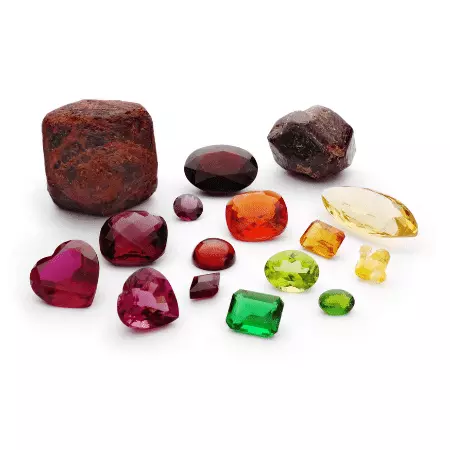People often think it is possible to identify a gem just by looking at its colour and cut. However, today gemstones can come in so many colours and cuts that there is no one specific colour or cut that can be used to determine the identity of a gemstone. Therefore, the only way a professional gemmologist can accurately identify a gem is to test it using gemmological tools and equipment.
Gemstone varieties are classified according to their own unique set of physical and optical characteristics such as chemical composition, crystal structure, transparency, refractive index, birefringence, specific gravity, pleochroism, and other traits. Testing for these properties is the key to allowing gemmologists to identify a gemstone by eliminating gem possibilities that do not match.
It is only through the use of gemmological equipment that we are able to obtain accurate information about a gemstone’s properties and deduce its identity. Shown below is a brief overview of some of the basic tools needed for proper identification of a gemstone.
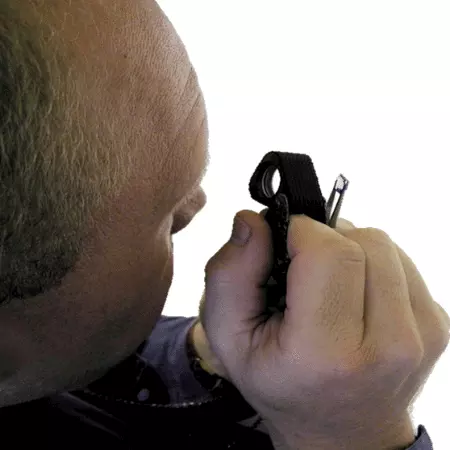
Jeweller’s Loupe
The 10x gem loupe is the international standard used for gem grading and evaluation, and is often called a gemmologist’s best friend due to its portability and usefulness. It allows gemmologists to magnify and observe more clearly both external characteristics and inclusions of gems, which can sometimes lead to distinguishing between natural gemstones and their imitation counterparts.
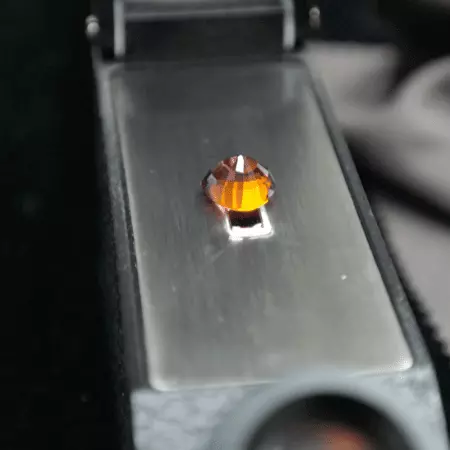
Refractometer
The refractometer is used for assessing a gemstone’s refractive index (which refers to the speed and bending of light as it passes through a material). Since few gems share the exact same refractive index, the refractometer is one of the most straightforward and accurate tools to narrow down the number of possibilities.
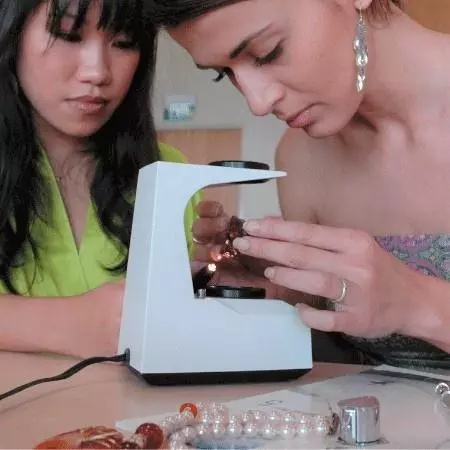
Polariscope
This is another tool that is often used in the earliest steps of the identification process. The polariscope assesses whether a gem is singly refractive or doubly refractive – from this, gemmologists are able to distinguish between gem types by quickly eliminating many options. As the function of the polariscope is dependent on observing the light that passes through the material, it can work only on transparent and translucent stones, and not opaque stones.
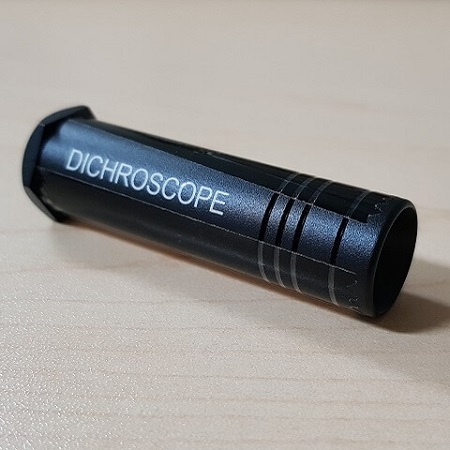
Dichroscope
The dichroscope also assesses double refraction in a gem and is a useful alternative when the polariscope cannot be used. It is helpful in separating glass and other cheap man-made imitations from natural gemstones that are doubly refractive.
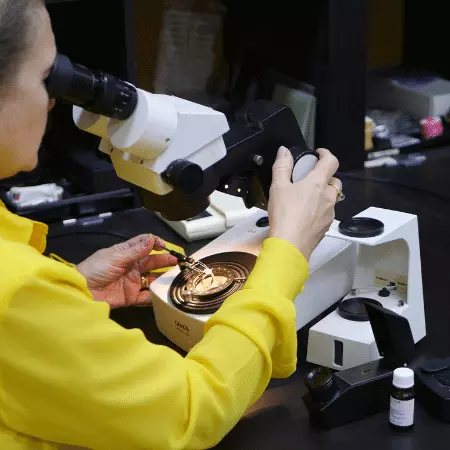
Microscope
The microscope is used when higher magnification is needed to observe the inclusions in a gemstone. Observing specific types of inclusions can help gemmologists to distinguish natural, synthetic, and imitation gems. The microscope is also helpful in assessing all kinds of treatments and enhancements typically practiced today.
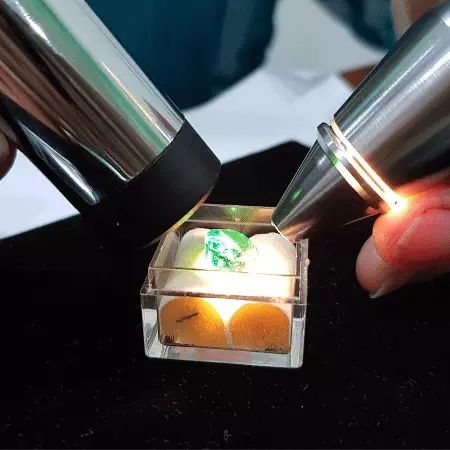
Spectrometer
Spectrometers allow gemmologists to observe the absorption spectra of gemstones and compare the patterns to those of known gems. The spectrometer can detect origins of chemical elements in gemstones, application of treatments and dyes, and other evidence that can help the gemmologist to distinguish between natural and synthetic materials.
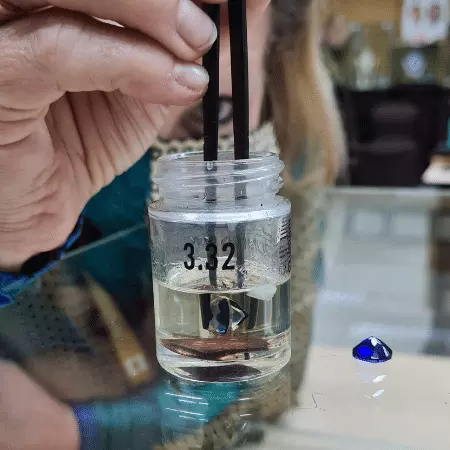
Specific gravity liquids
These are chemicals with known specific gravity that gemmologists use to assess the density of gemstones. Every gem has a unique specific gravity – when an unknown gemstone is placed into a liquid of known density, the way it sinks, floats, or remains suspended indicates to the gemmologist its specific gravity, which then can be used to narrow down the possible identities for that gemstone.
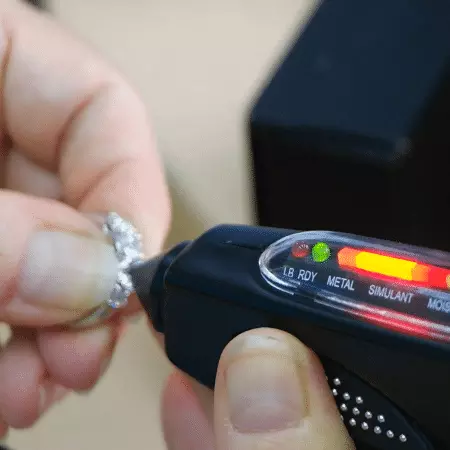
Diamonds testers and screeners
Diamond testers and screeners are portable testing devices that function based on thermal and electrical conductivity and are a convenient way to separate diamonds from diamond simulants.
For a more detailed explanation on using diamond testers and screeners, join Tanja Sadow (Dean of JDMIS) and Armani Shariff (member of Presidium, leading manufacturer of gemmological instruments) in an informative video as they demonstrate testing on natural, synthetic, and imitation diamonds. (Watch the video)
While it may seem daunting at first to handle many types of professional and expensive gemmological equipment, the knowledge and skill of gem identification will be an invaluable addition to your repertoire, especially if you often need to handle gemstones in your gem trade or jewellery business.
Kickstart your journey to become a gemmologist with the Jewellery Design & Management International School (JDMIS), the only specialized jewellery training institution in Singapore. JDMIS’ gemmologist courses start you off with a strong foundation in the wide variety of gem materials available on the market and then delves deeper into gem identification as you learn how to properly use gemmological equipment to deduce the identity of gemstones.
Tanja M. Sadow G.J.G.
Dean and founder of the Jewellery Design and Management International School
